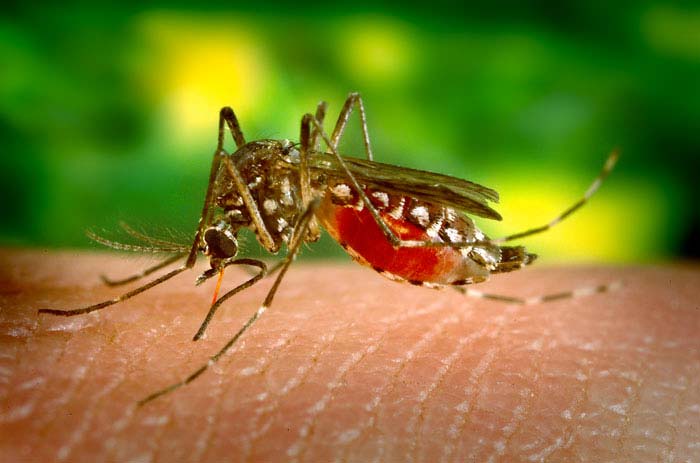Even when our coqui crew is fully staffed, success depends on collective kuleana: communities working in their yards so MISC…
Read More
Solutions
Detection of Coconut Rhinoceros Beetle on Maui Highlights Importance of Community Involvement in Pest Prevention
The Coordinating Group on Alien Pest Species (CGAPS), program staff from the Hawaiʻi Invasive Species Council (HISC), and the five…
Read More
Natural enemies could tame invasive Himalayan ginger
The subtropical rainforests in the foothills of the Himalayan Mountains are amazingly diverse. In sections of India and Nepal, the…
Read More
What if there were no mosquitoes in Hawaiʻi?
The news is abuzz with mosquitoes these days; outbreaks of dengue fever on Hawaiʻi Island have us all a little…
Read More
Make your yard less frog-friendly
Coqui spend their days foraging in leaf litter for ants and other insects. They do not have a tadpole stage,…
Read More
How to Mix Citric Acid for Coqui Control
Follow all label directions. You can find a generic label for citric acid here: Citric Acid 25b label Making your…
Read More



